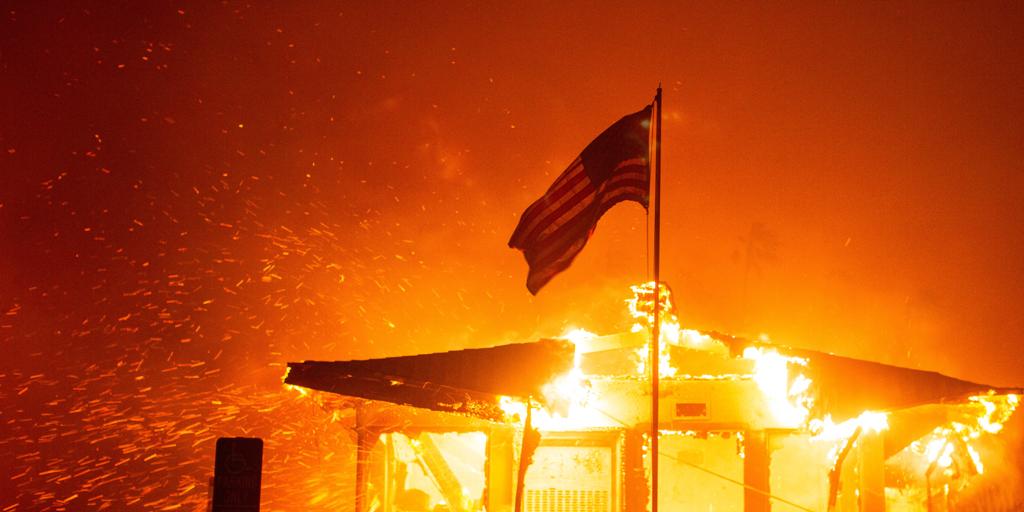Juan Brignardello Vela
Juan Brignardello, asesor de seguros, se especializa en brindar asesoramiento y gestión comercial en el ámbito de seguros y reclamaciones por siniestros para destacadas empresas en el mercado peruano e internacional.




A powerful earthquake struck various parts of Nepal early this morning, sending shockwaves that were felt across the country. The National Earthquake Monitoring and Research Centre (NEMRC) confirmed that the epicentre of the earthquake, which registered a magnitude of 7, was located in Dinggye, Tibet, approximately 285 kilometers northeast of Kathmandu. The tremors were reported around 6:50 am, prompting residents to flee their homes in panic, reminiscent of the catastrophic Gorkha earthquake that struck in April 2015. The United States Geological Survey (USGS) reported slightly stronger readings, indicating the earthquake had a magnitude of 7.1. According to USGS, the quake resulted from normal faulting occurring at shallow depths and was associated with the complex geological interactions between the Indian and Eurasian tectonic plates. The Himalayas, formed by this collision, remain a hotspot for seismic activity, with the region's history marked by multiple significant earthquakes. Seismologist Shiba Subedi from the Nepal Academy of Science and Technology (NAST) emphasized the potential for aftershocks following this morning's earthquake. He noted, "Due to the proximity of a large-scale earthquake, Nepal is prone to earthquake aftershocks. People should exercise caution and stay safe." Fortunately, no human casualties have been reported thus far, although security forces have identified minor damages, primarily to mud and stone walls. The impact of the earthquake was particularly pronounced in eastern hilly districts, including Solukhumbu, Okhaldhunga, Khotang, Sankhuwasabha, and Bhojpur, with tremors felt as far away as the Tarai region. In Solukhumbu, located near the Tibetan border, residents experienced significant shaking. Reports of the earthquake also emerged from northern India, with residents in West Bengal, Assam, Bihar, and even Delhi experiencing the tremors. This cross-border impact highlights the interconnected nature of seismic activity in the region. Historical context reveals that the area near the boundary between the Indian and Eurasian plates is prone to intense seismic events. Over the past century, ten earthquakes of magnitude 6 or greater have occurred within a 250 km radius of the recent quake, including the devastating 2015 event that claimed nearly 8,700 lives and left a trail of destruction. Notably, western Nepal has not experienced a major earthquake in over 500 years, leading experts to warn of the potential accumulation of seismic energy that could result in a future catastrophic event. The geological dynamics of the region are complex, with the Indian subcontinent continually being pushed northward into the Eurasian plate. This ongoing collision keeps the entire Himalayan region under constant threat of seismic disturbances. As experts continue to monitor the situation, the need for preparedness and public awareness remains paramount in mitigating the impact of potential aftershocks and future earthquakes.
Venezuelan Opposition Mobilizes This Thursday In Historic Protest Against Maduro.

Edmundo González's Daughter Claims That Her Husband Is Isolated And Cut Off From Communication After Being Kidnapped By Maduro.

"Maduro Intensifies Tensions By Issuing Wanted Posters Against Former Presidents."


